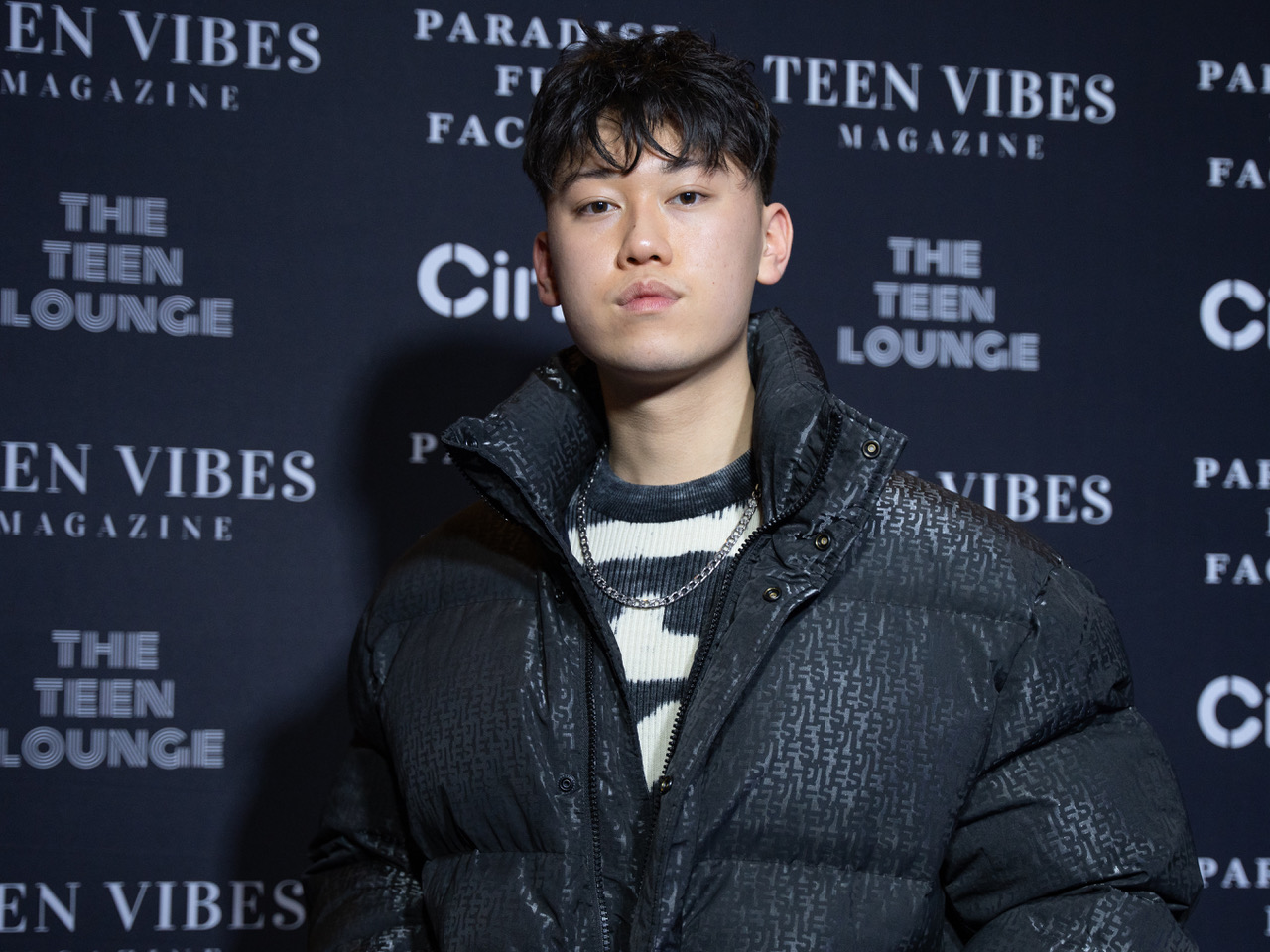Komi Can't Communicate is a popular shojo-style shonen anime series that takes place in a seemingly ordinary Japanese high school, and all of this broadens the series appeal a great deal. There's something for everyone in Komi Can't Communicate, and it's an example of how anime's four traditional demographics can blend to create fresh material.
Shonen, shojo, seinen and josei are the four main manga demographics, with shonen arguably being the most popular of all. Despite that, some series such as Love of Kill and Komi Can't Communicate deftly borrow from neighboring demographics to infuse fresh blood into stale ideas, and this results in some of the most creative and memorable anime in recent years. Komi has more than a little shojo DNA in it.
Komi Can't Communicate & Shojo's Focus On Relationships
Shojo, shonen, seinen and josei titles are not rigidly defined by their content -- they are defined by their intended audience, which leads to loose guidelines and conventions for each. As a general rule, shonen anime is about typically male protagonists changing the world around them and taking on challenges, while shojo titles involve typically female protagonists who change both themselves and their relationships with others.
These trends are a good reference point for how shonen and shojo shows generally operate, but there is some room for overlap. Plenty of girls enjoy watching shonen anime, while some boys dabble in shojo, and anime creators understand that cross-pollination can help them expand their viewership while creating fresher content along the way. Komi Can't Communicate is one such title.
While Komi Can't Communicate is officially a shonen anime, as is Tomohito Oda's original manga series, the story has many shojo elements to it, and not just because the protagonist, Komi Shoko, is a girl. The series de-emphasizes conflict and combat and instead focuses on Shoko's quest to transform her personal life and gain confidence by making 100 friends by the time she graduates high school.
Anyone can relate to the desire to have more friends and make validating friendships, but Komi Can't Communicate pushes deeper into shojo territory by emphasizing personal relationships and their positive impact on people without creating a zero-sum game. Generally, shonen is about winners and losers and progress is made by defeating enemies or completing many difficult challenges. By contrast, the heroine of Komi Can't Communicate is about everyone coming together as friends and enriching each other's lives, with no need to compete or "win" at anything.
Something similar can be said about related series such as Horimiya, which is also a low-conflict story that's more about budding teen romances than conflict or victory. In both shows, the central romance is about building connections and the characters accepting one another and themselves, with no need to fight anyone, literally or otherwise. This makes the stories of Komi Can't Communicate and Horimiya rather linear, but that doesn't detract from the appeal of these titles for boys or girls in the audience. Shojo is about personal growth and positive connections to others, and these shows both deliver.
How Komi Can't Communicate Stays Rooted In Shonen
Modern anime proves that cross-pollination between the four main genres of anime can be fruitful, and while these series show how modular the demographics can be, titles such as Komi Can't Communicate are careful to avoid being something they're not. Shows like Komi Can't Communicate, Love of Kill and After the Rain stay rooted in their respective demographics while borrowing elements from others, and that helps these series appeal to their original audiences.
Shojo fans will find plenty to love about Komi Can't Communicate, but this is a shonen title and the series never forgot that. For one thing, the lead role is actually split between Komi Shoko and her male friend Tadano Hitohito, who is as much a narrator and protagonist as Shoko is. Male viewers can easily identify with the gentle and easygoing Tadano, who simply aims to make everyone around him happy while slowly developing a sweet romance with Shoko.
Besides this split protagonist technique, Komi Can't Communicate stays true to its shonen roots by giving the heroine a concrete and challenging goal -- make 100 friends despite being at timid dandere. Traditionally, shojo is about a single main romance, while shonen is more about achieving goals and overcoming challenges. In a shojo-friendly way, Komi Can't Communicate gives Shoko a shonen-style goal -- one that she can conquer piece by piece and take pride in. She's not trying to become Hokage or save the world, but her goal is still analogous, and making friends is like one giant training montage for her. That's shonen enough.
About The Author

